The Basics of Internet Security for Home Users
Choosing a Strong Password Strategy
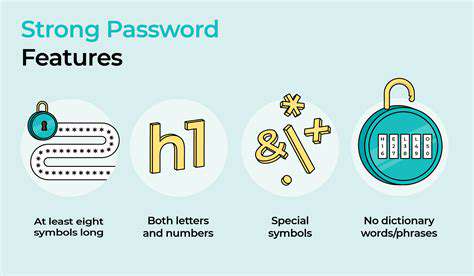
Creating a Robust Password Structure
A strong password isn't just about memorability; it's about security. A crucial element is length. A longer password, containing at least 12 characters, significantly increases its complexity and makes it much harder for hackers to crack. Use a combination of uppercase and lowercase letters, numbers, and symbols. This diverse character set makes the password far more resistant to brute-force attacks. Avoid using easily guessable information, such as your pet's name or your birthdate.
Consider using a password manager. These tools generate and store strong, unique passwords for all your accounts. This dramatically reduces the risk of a security breach if one account is compromised.
Remembering Your Passwords Securely
Remembering complex passwords can be a challenge. Fortunately, there are several strategies to aid in memorization without sacrificing security. One technique is to use a memorable phrase or sentence, and then convert the words into a password by using the first letter of each word. For example, My favorite hobby is coding could become MfhiisC. Then, add numbers and symbols to further strengthen the password.
Another approach is to use a password manager. These tools not only generate strong passwords but also store them securely. This eliminates the need to remember complex passwords and minimizes the risk of using the same password across multiple platforms.
Avoiding Common Password Mistakes
Many people fall victim to security breaches due to common password mistakes. One frequent error is using the same password for multiple accounts. This is a critical vulnerability. If a hacker gains access to one account, they likely have access to all accounts using the same password. It is absolutely essential to have unique passwords for every online account.
Another significant mistake is using easily guessable passwords. These include personal information, such as your birthdate, pet's name, or significant dates. These are often the first targets for hackers attempting brute-force attacks. Avoid these simple passwords and opt for something more complex and random.
Choosing a Password Manager
Password managers are invaluable tools for enhancing online security. They generate strong, unique passwords, store them securely, and automatically fill in login credentials. This significantly reduces the risk of using weak or reused passwords, protecting your accounts from unauthorized access.
When selecting a password manager, consider factors like security features, ease of use, and storage options. Look for reputable providers with strong encryption protocols. Choosing a reliable password manager can significantly bolster your overall online security posture.
Implementing Multi-Factor Authentication (MFA)
Multi-factor authentication (MFA) adds an extra layer of security to your accounts. Beyond a password, MFA requires an additional verification step, such as a one-time code sent to your phone or an authentication app. This makes it much harder for hackers to access your accounts, even if they have your password.
Integrating MFA into your login routine is a crucial step in enhancing your online security. It's a small step that can make a massive difference in protecting your personal and financial information.
Recognizing and Avoiding Phishing Scams
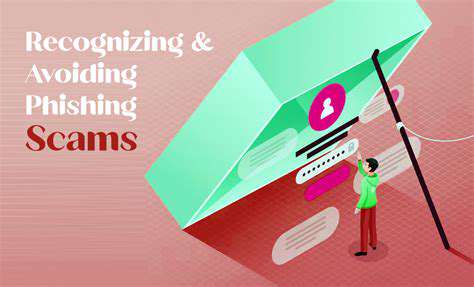
Understanding Phishing Tactics
Phishing attacks are a serious threat to individuals and organizations alike, often exploiting the unsuspecting through deceptive emails, messages, or websites. These malicious attempts aim to trick victims into revealing sensitive information, such as passwords, credit card details, or social security numbers. Criminals carefully craft these communications to appear legitimate, often mimicking trusted institutions or individuals. Understanding the common tactics employed by phishers is crucial for recognizing and avoiding these attacks.
A key tactic is the creation of a sense of urgency. Phishing emails frequently pressure recipients to act immediately, often claiming account suspensions or security breaches. This pressure can overwhelm critical thinking and lead to impulsive decisions. Another common ploy is the use of spoofed emails. Criminals often forge email addresses and sender names to make the message appear to originate from a legitimate source, such as a bank or social media platform. Careful scrutiny of email addresses and sender names is essential.
Beyond emails, phishing can manifest through fraudulent websites. These websites often mimic legitimate sites, luring victims into entering their credentials. They may have slight variations in the URL or use identical logos and branding to deceive. Recognizing these subtle differences is critical to avoiding falling victim to this type of attack.
Protecting Yourself from Phishing
Implementing robust security practices is paramount in protecting yourself from phishing attacks. Regularly updating software and operating systems is vital, as security patches often address vulnerabilities exploited by phishers. Being vigilant about the emails you receive is equally important.
Be cautious of requests for sensitive information, especially if the request comes unexpectedly. If you receive an email or message asking for your login credentials, credit card details, or other personal information, verify the legitimacy of the request directly with the purported institution or individual. Never click on links in suspicious emails or messages; instead, type the website address directly into your browser. Verify the sender's authenticity.
Strong passwords are a critical defense mechanism. Use a unique and complex password for each online account to limit the damage if one account is compromised. Regularly review your online accounts for any suspicious activity, and report any such activity immediately to the appropriate authorities.
Consider using multi-factor authentication (MFA) whenever possible. MFA adds an extra layer of security by requiring a second form of verification, such as a code sent to your phone, to access your account. This significantly reduces the risk of unauthorized access.
Education and awareness are vital tools against phishing. Staying informed about the latest phishing tactics and maintaining vigilance are crucial in protecting yourself and your organization.
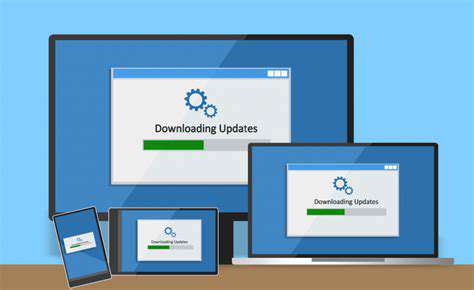
Read more about The Basics of Internet Security for Home Users
Hot Recommendations
- Review: The New [Specific Brand] Smart Lock Is It Secure?
- Best Budget Studio Monitors for Music Production
- Top Flight Simulation Peripherals (Joysticks, Throttles, etc.)
- Top Portable Scanners for Document Management On the Go
- Reviewing the Latest Smart Air Purifiers for Your Home
- Best Portable Photo Printers for Travelers and Memory Keepers
- The Future of Personal Transportation Beyond Cars (Hyperloop, eVTOL)
- Top Network Monitoring Tools [Free & Paid Options]
- Understanding the Tech Behind mRNA Vaccines [A Look Inside]
- Guide to Choosing the Right Gaming Chair for Ergonomics



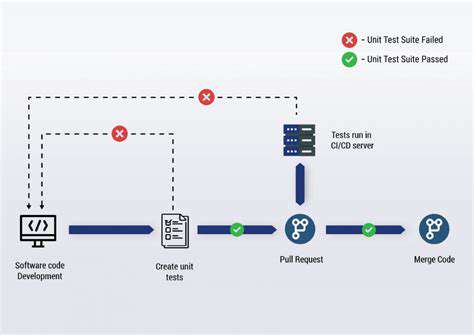
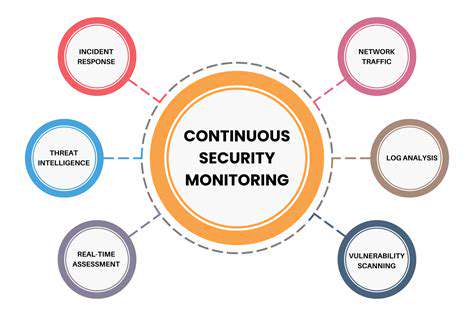

![The Latest Breakthroughs in AI Robotics [Research Highlights]](/static/images/25/2025-07/ImprovedCollaborationandHuman-RobotInteraction.jpg)




